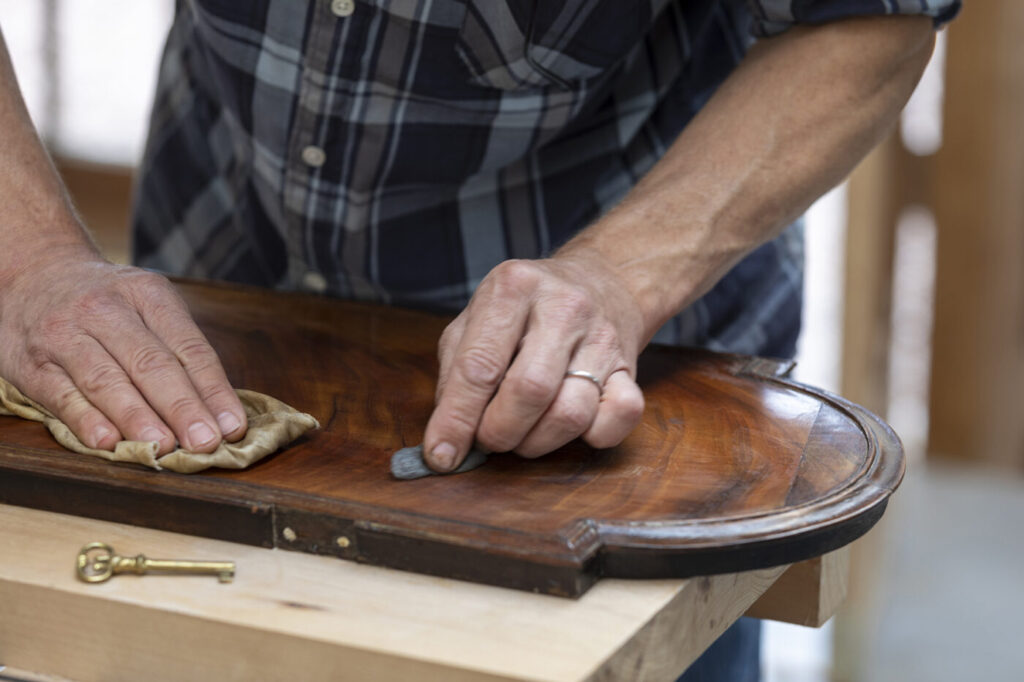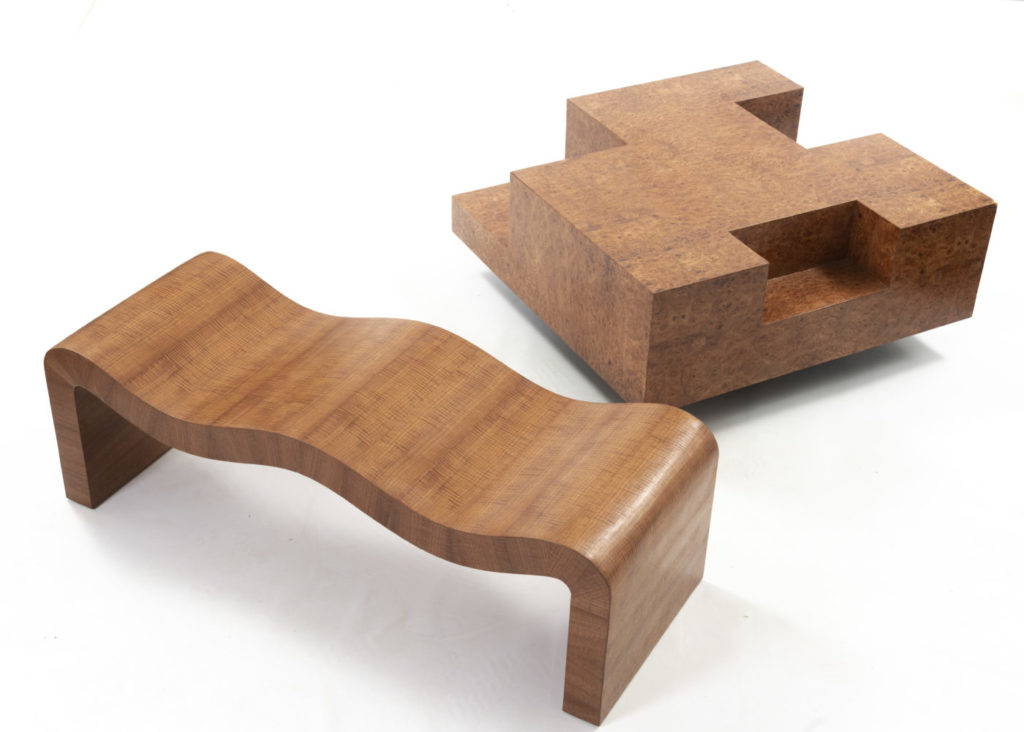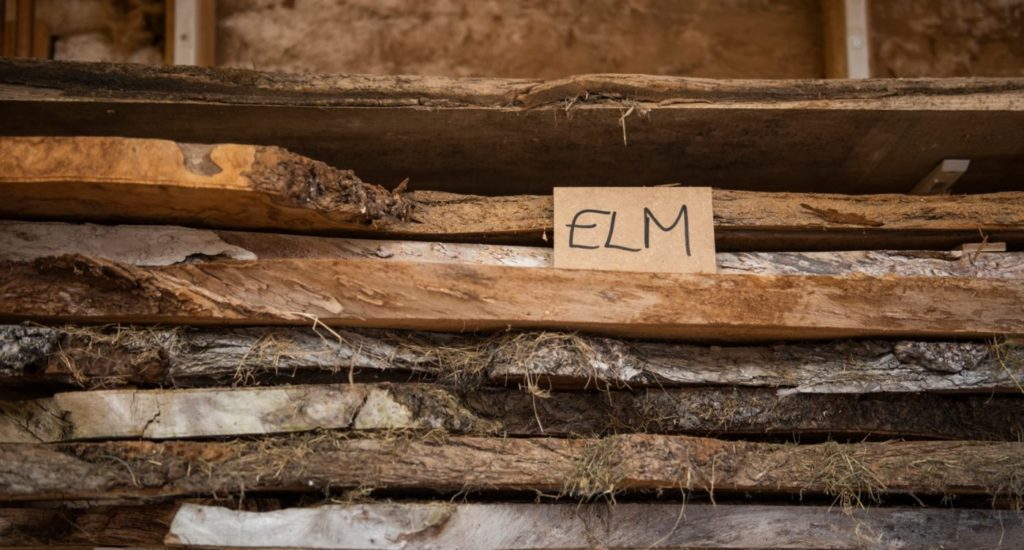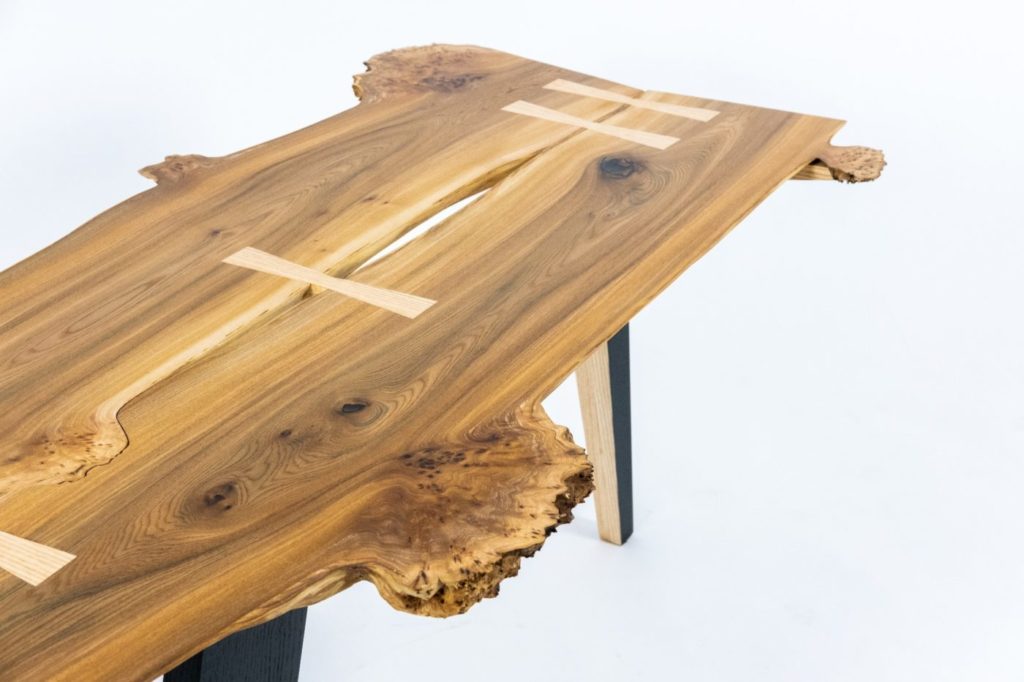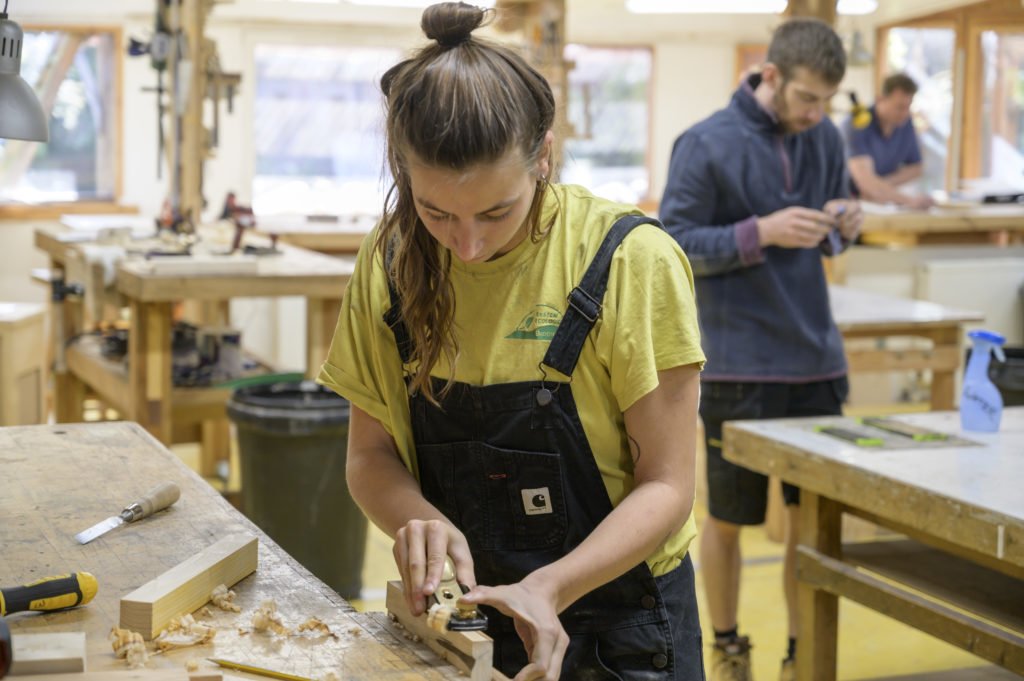Woodworking techniques taught at the Chippendale School
Here at the Chippendale School, we offer our students the opportunity to explore a wide range of woodworking techniques from the traditional to the modern. Each course is meticulously designed to provide students with a solid foundation in woodworking skills with our longer, more intensive courses exploring more intricate techniques. Read on to learn more …
Woodworking techniques taught at the Chippendale School Read More »
